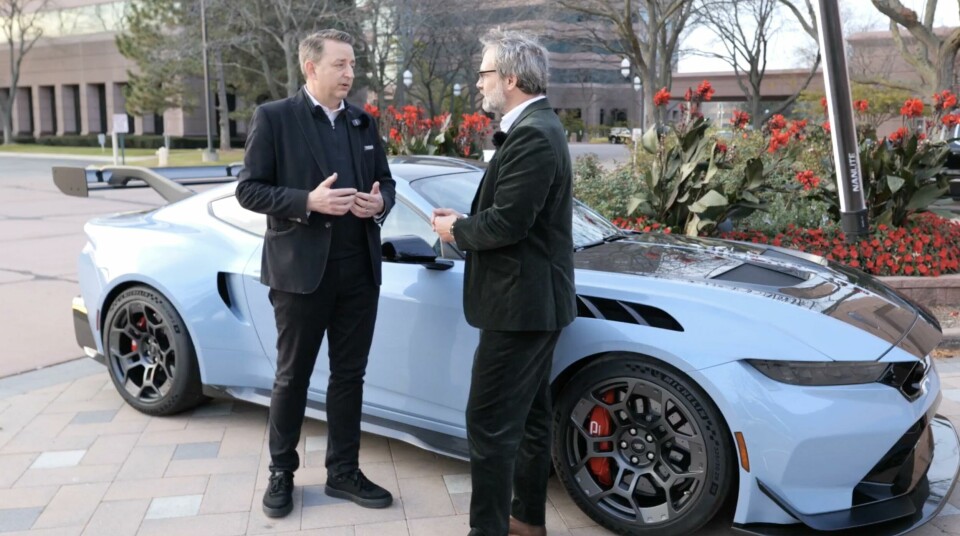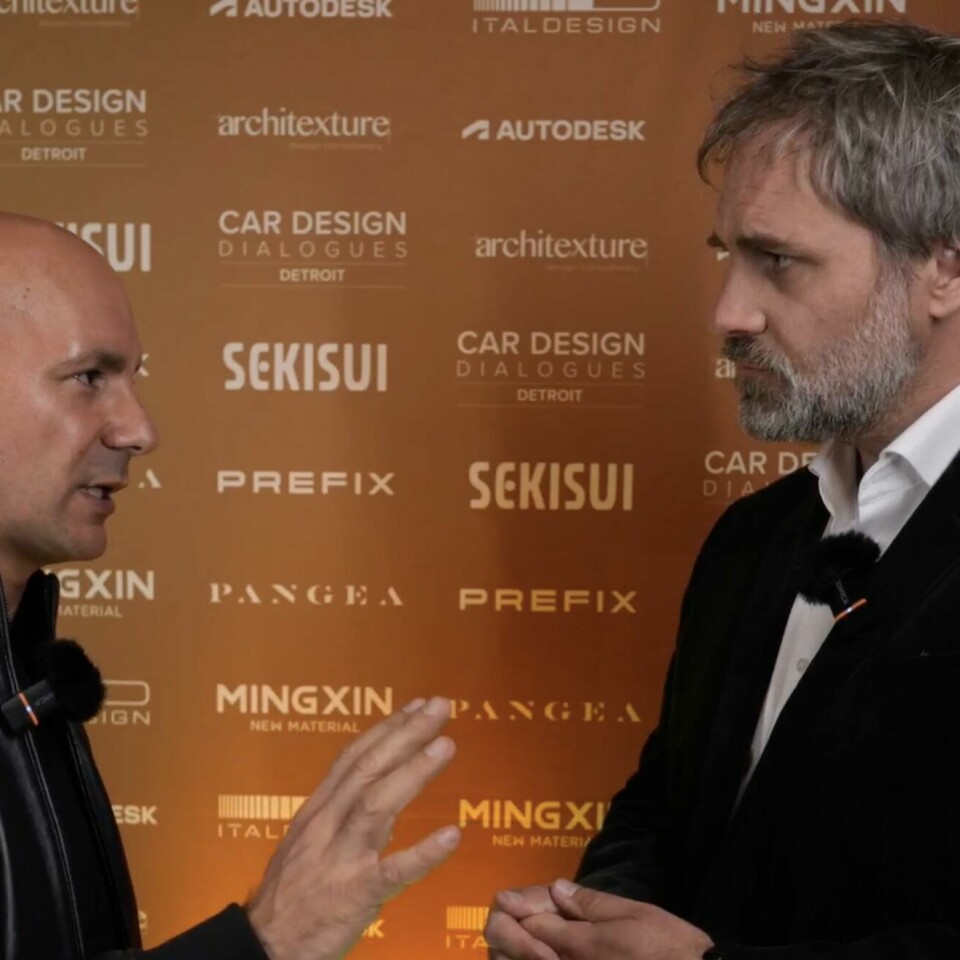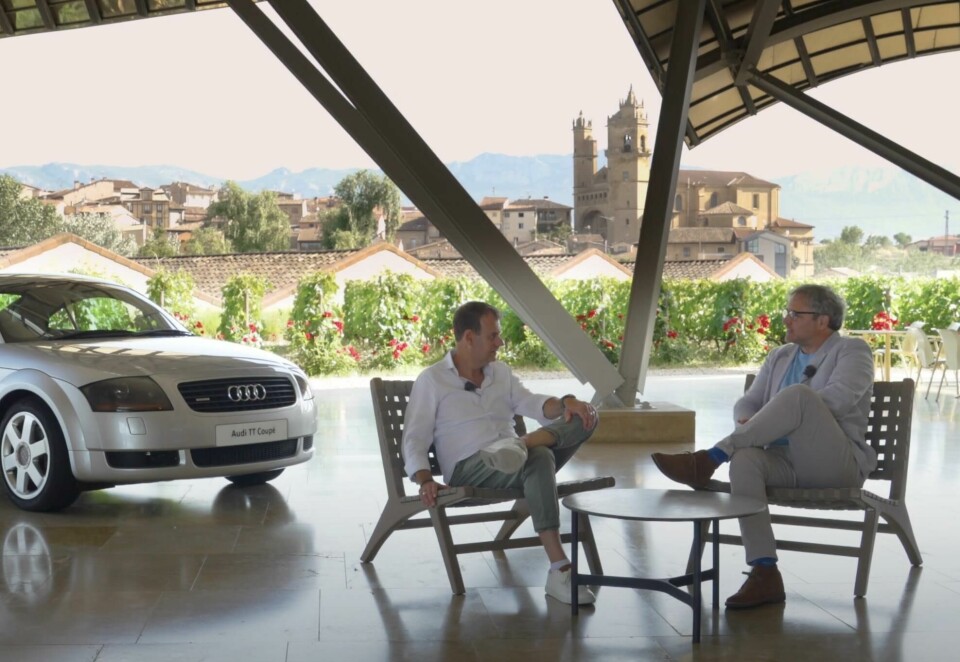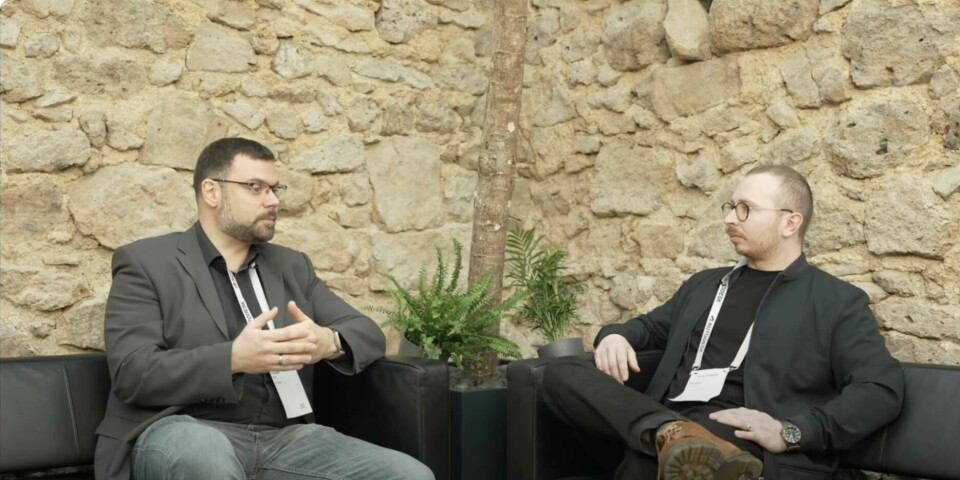Watch: Paul Wraith on happy accidents and why designers should ask ‘why’
At Car Design Dialogues Detroit, Ford designer Paul Wraith spoke to CDN editor James McLachlan about AI, creative accidents and the importance of asking questions
Car Design News: Okay, Paul. So we just had a very interesting discussion about leadership. It touched on many different things, one of them being technology and one of them, inevitably, I would say, being AI. Now, there were interesting viewpoints on stage. There was one, don’t feed the machine. It’s coming for you, but don’t feed it. There was another. It’s an iterative tool. It’s another armature of a design, a designer. Where do you sit?
Paul Wraith: I think where I would sit is the future is coming. You can’t hold it back. It’s like the incoming tide. You have to accept that it’s coming. There’s more than enough signals that this technology is on its way. So my interest in it is in determining for myself whether it’s useful or not and encouraging my designers to play with it as well, set a good example. And then as a community, we talk a lot about what’s working, what isn’t working, and how we’ve managed to make it work for us.
When it does something bafflingly weird like what on earth just happened? Yeah, but you’re making it. You’re making it cooperate with you, making it part of your workflow, and it’s hit and miss. It all wants to. The signals are there of something good. A long time ago, CAD modelling was very poor. Animation was terrible. Photoshop was extremely crude. You know, all of those things are fast. They’ve become normalised. The world didn’t stop spinning. We still have claimants. You know, we still make digital renderings and we still draw. I think this is just another part of our evolving process which goes back however long this business has been running. 100 years of design.
CDN: Talk about this idea of serendipity or the happy accident. I mean, is there scope within something like a technology like AI to have a happy accident for it to come back with something unpredictable that may open up a new conversation?
PW: Yeah, I think so. But then again, much like designers are probably not like to admit it, quite often your sketches turn out to be happy accidents as well. So I think we’re good at embracing that stuff. It’s. Again, it’s. It’s. You are. When you’re drawing on a pad of paper, you are the director of your own artistry. When you’re using a tool that generates imagery, you become a director of a separated process. You’re still going to have to look for those happy accidents. And if you’re really clever, get the results that you wanted in the first place and then use them constructively.
CDN: A final question. I think we spoke a lot about the motivations behind the design and how people are hungry. How hungry are new designers to really want it in the same way that perhaps their forebears did. The why is the question rather than the what? Or that’s just what it seems to be to me, showing the workings out, the kind of the nuts and bolts behind the finished object. Now, is this something that you’re seeing a lot? Designers don’t know how to ask the question why?
PW: I think designers have got quite a difficult job. There’s a lot of questions to ask. We’re adding to the load by looking at all this stuff. The most important thing is just to ask questions. And actually for leaders to legitimise experimentation. And I think I touched on it when we were talking. We see students coming through the university systems who are attempting to emulate what they think car design is all about. The hot sketch. And actually, you need to sort of talk them off the edge a little bit and go, right, be more experimental. Just try stuff out, it’s okay. And actually, I do a little bit of that myself. I demonstrate my failures frequently through the creative process to sort of say, well, if I can do it and I’m not getting beat up for it, then you can too, by the way, critique my own work. The questioning bit is the most important bit, because whilst we are all driven, we are all very hungry. It is an extremely competitive business. Ultimately, you do come together to produce a thing, and whether it’s your design or as a shared design, there’s nothing quite like seeing a drive down the road and knowing you are a part of it.
CDN: That’s a great note to end on. Thank you so much, Paul, for your time today.








